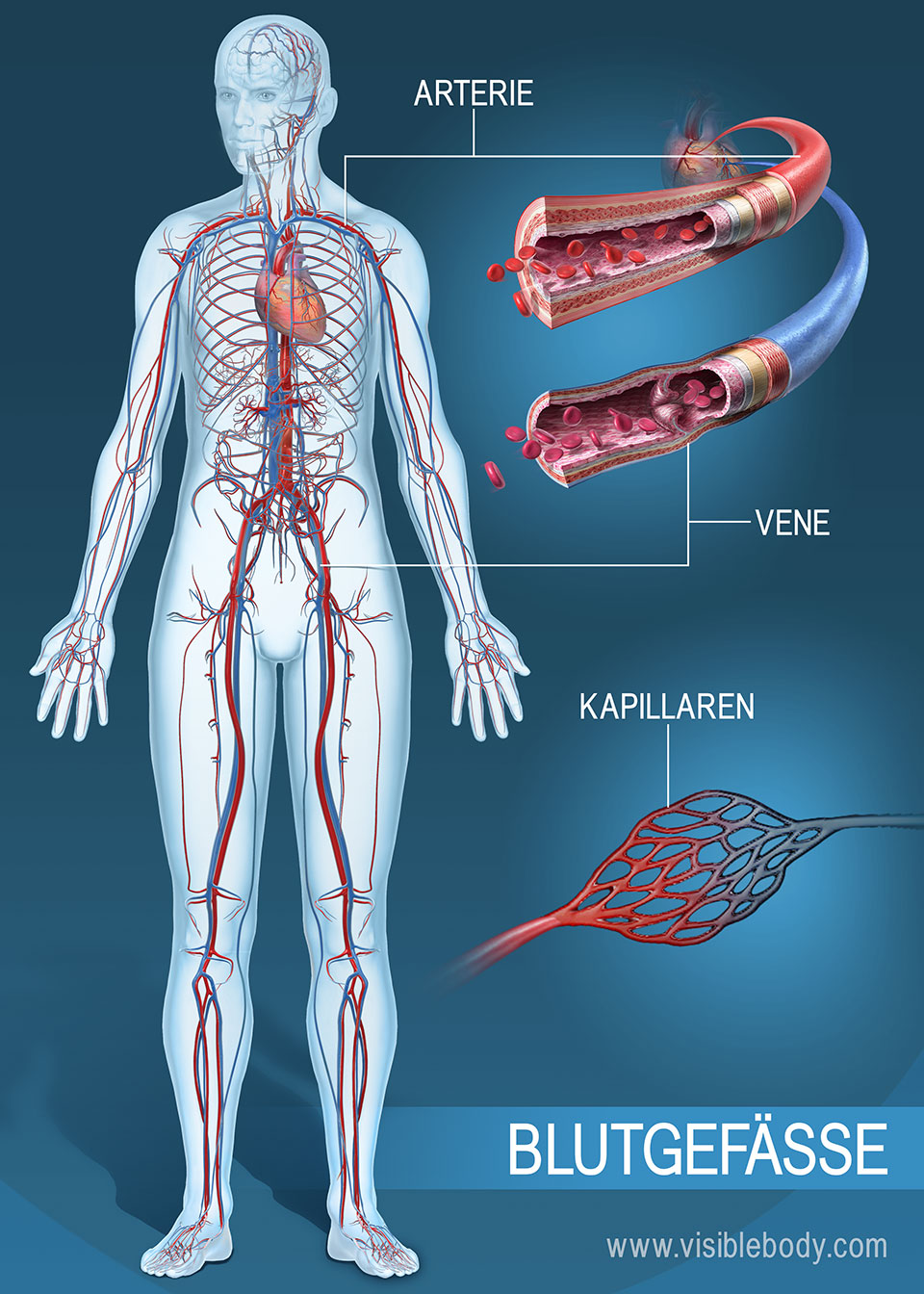Have you ever stopped to consider the vibrant, life-sustaining fluid that courses through your veins? It’s a question we rarely ponder, but one that holds a fascinating answer: blood. While we often associate blood with a vivid crimson hue, a closer look reveals a more complex story – one that involves a delicate balance of chemistry and biology.

Image: www.compoundchem.com
The question “What color is your blood?” might seem deceptively simple. After all, the sight of blood on a bandage or in a medical drama instantly conjures up images of a deep red. However, the color of blood isn’t a constant – it’s influenced by various factors, including its oxygen content and the intricate protein molecule responsible for carrying oxygen throughout the body: hemoglobin.
The Scarlet Stream: Unveiling the Role of Hemoglobin
Hemoglobin, the star of the show in our circulatory system, is a complex protein found within red blood cells. Its key role is to bind with oxygen in the lungs and transport it to every cell in the body. This process is crucial for delivering energy and sustaining life. The color of our blood is directly tied to the state of hemoglobin within red blood cells.
Why Blood Turns Red: The Oxygen Connection
The iron component of hemoglobin, when bound to oxygen, takes on a bright, vibrant red color. This is the reason why arterial blood, which is rich in oxygen, appears a vivid scarlet. As blood circulates throughout the body, it delivers oxygen to tissues, and the hemoglobin loses its oxygen. This deoxygenated hemoglobin assumes a darker, more bluish hue.
The Bluish Undercurrents: Deoxygenated Blood and Veins
The bluish color of veins is not actually the true color of deoxygenated blood. Due to the way light is absorbed and reflected by skin and tissues, veins appear blue due to the contrast with the surrounding red-tinted skin. In reality, deoxygenated blood is a darker, purplish-red color.

Image: www.visiblebody.com
Beyond Red: A World of Color Variations
While the vivid red and bluish shades are the most common in our circulatory system, blood can exhibit a spectrum of colors under different circumstances. Here’s a glimpse into the fascinating world of blood color variations:
The Glow of Carbon Monoxide: A Deadly Red
When carbon monoxide, a colorless and odorless gas, binds to hemoglobin, it forms carboxyhemoglobin – a compound that prevents oxygen from binding to the molecule. This results in a bright-red color of blood, even though the body is deprived of oxygen. Carbon monoxide poisoning is a serious condition, as it can lead to severe organ damage and even death.
The Shades of Methemoglobin: A Bluish-Purple
Methemoglobin is a form of hemoglobin where the iron atom is in a different oxidation state, making it unable to bind with oxygen. This condition results in a bluish-purple color of blood. Methemoglobinemia, the condition where the body has too much methemoglobin, can cause cyanosis, a bluish discoloration of the skin, lips, and fingernails.
A Glimpse into the Past: The History of Blood Color Understanding
The understanding of blood’s color and its connection to oxygen transport has a long and fascinating history. Early civilizations, lacking the tools of modern science, attributed blood’s color to various beliefs and theories.
Ancient Greek Philosophers and Theories of Blood
Ancient Greek philosophers, such as Galen, believed that blood was the essence of life and that it flowed throughout the body, carrying heat and vitality. They theorized that blood was a single substance with varying degrees of thickness and color, influenced by the four humors: blood, phlegm, black bile, and yellow bile.
The Dawn of Modern Science: Harvey and the Circulatory System
The Renaissance physician William Harvey, in the 17th century, revolutionized our understanding of blood circulation. Through meticulous observation and experimentation, Harvey unveiled the intricate network of arteries and veins, proving that blood circulated throughout the body in a continuous loop driven by the heart.
Modern Perspectives: Advancements in Blood Research
Modern science has made significant strides in unraveling the complexities of blood and its color. Through advanced technologies, such as spectroscopy, scientists can analyze the composition of blood and measure the oxygen saturation levels within red blood cells.
Blood Tests: A Window into Health
Blood tests are a cornerstone of modern medicine, providing crucial insights into overall health and disease diagnosis. By analyzing the various components of blood, including its color and oxygen-carrying capacity, doctors can assess organ function, detect infections, and monitor treatment effectiveness.
Gene Editing and the Future of Blood Research
Recent advancements in gene editing technologies, such as CRISPR-Cas9, hold immense potential for revolutionizing the treatment of blood disorders. By targeting specific genes associated with blood conditions like sickle cell anemia, scientists aim to develop personalized therapies that could cure inherited blood diseases.
What Color Is Your Blood In The Body
Conclusion: Embracing the Complexity of Blood
The seemingly simple question, “What color is your blood?” leads us down a fascinating path of scientific understanding, historical discovery, and technological advancement. From the vital role of hemoglobin in oxygen transport to the spectrum of colors blood can exhibit, this essential fluid holds a world of mysteries and wonders waiting to be explored. Understanding the complexities of blood not only expands our knowledge but also highlights the extraordinary power of our bodies to sustain life.
As we delve deeper into the secrets of blood, we gain a profound appreciation for the intricate symphony of biological processes that keep us alive and thriving. So, next time you catch a glimpse of the scarlet flow within your veins, remember the incredible journey that this vital fluid takes, and the fascinating story it has to tell.

:max_bytes(150000):strip_icc()/OrangeGloEverydayHardwoodFloorCleaner22oz-5a95a4dd04d1cf0037cbd59c.jpeg?w=740&resize=740,414&ssl=1)




